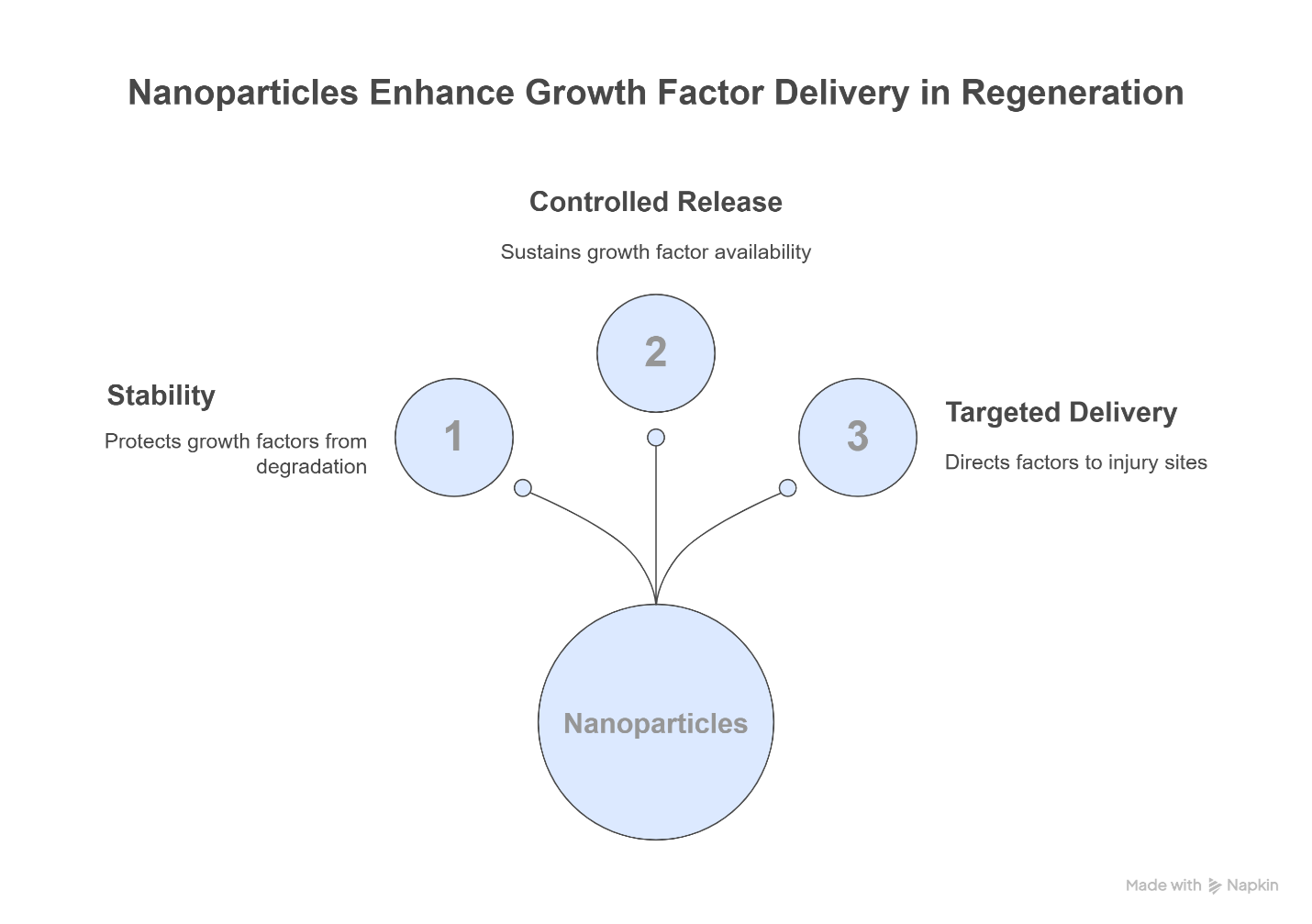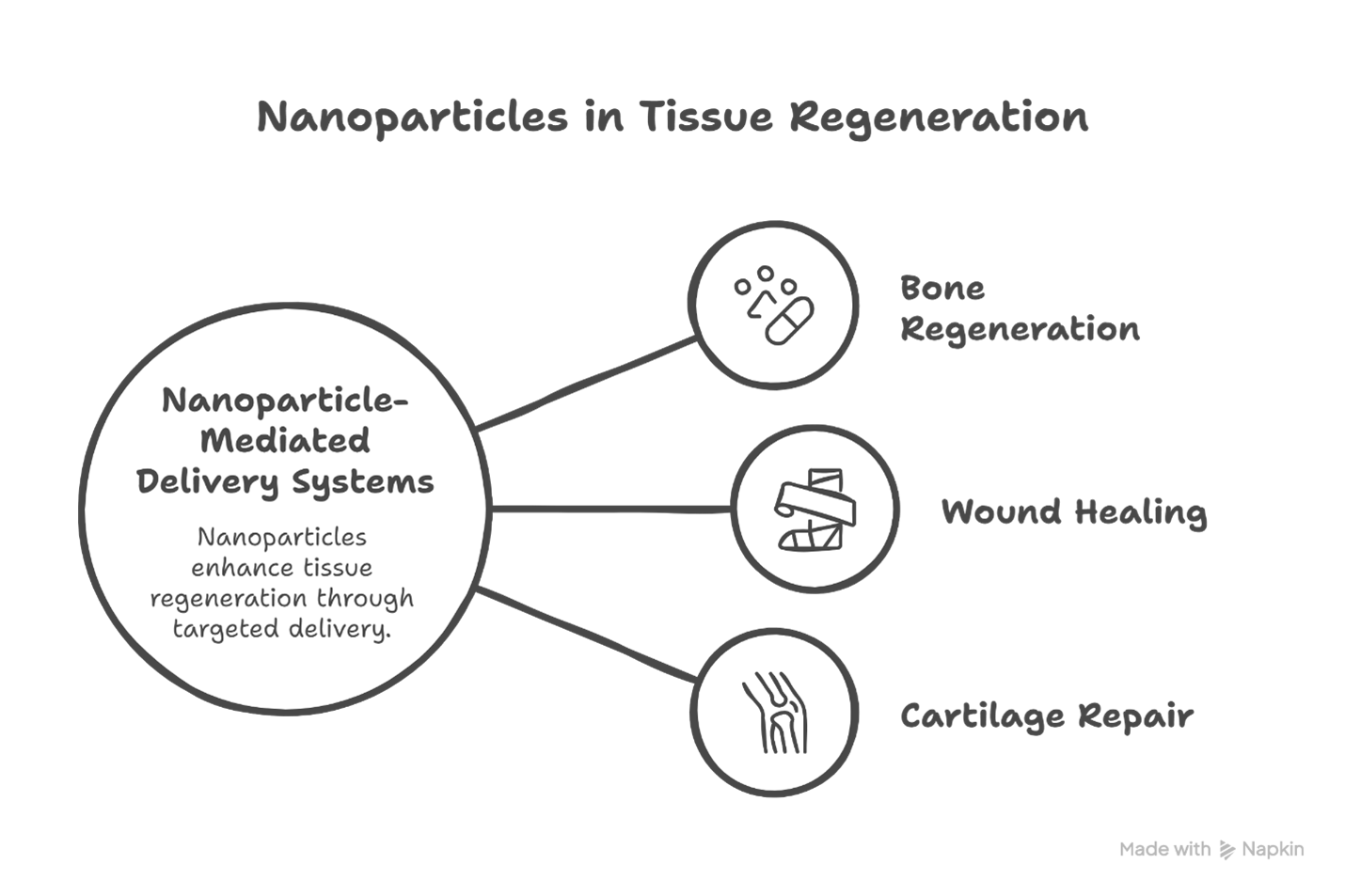PROJECT OVERVIEW
Nanoparticles represent a transformative tool in tissue regeneration, enabling precise, efficient, and safe delivery of therapeutic agents. Continued innovation in this field holds the potential to revolutionize regenerative medicine and significantly improve patient outcomes in tissue repair.
PROJECT DETAILS
- Research Name 3D Bioprinting Technology





